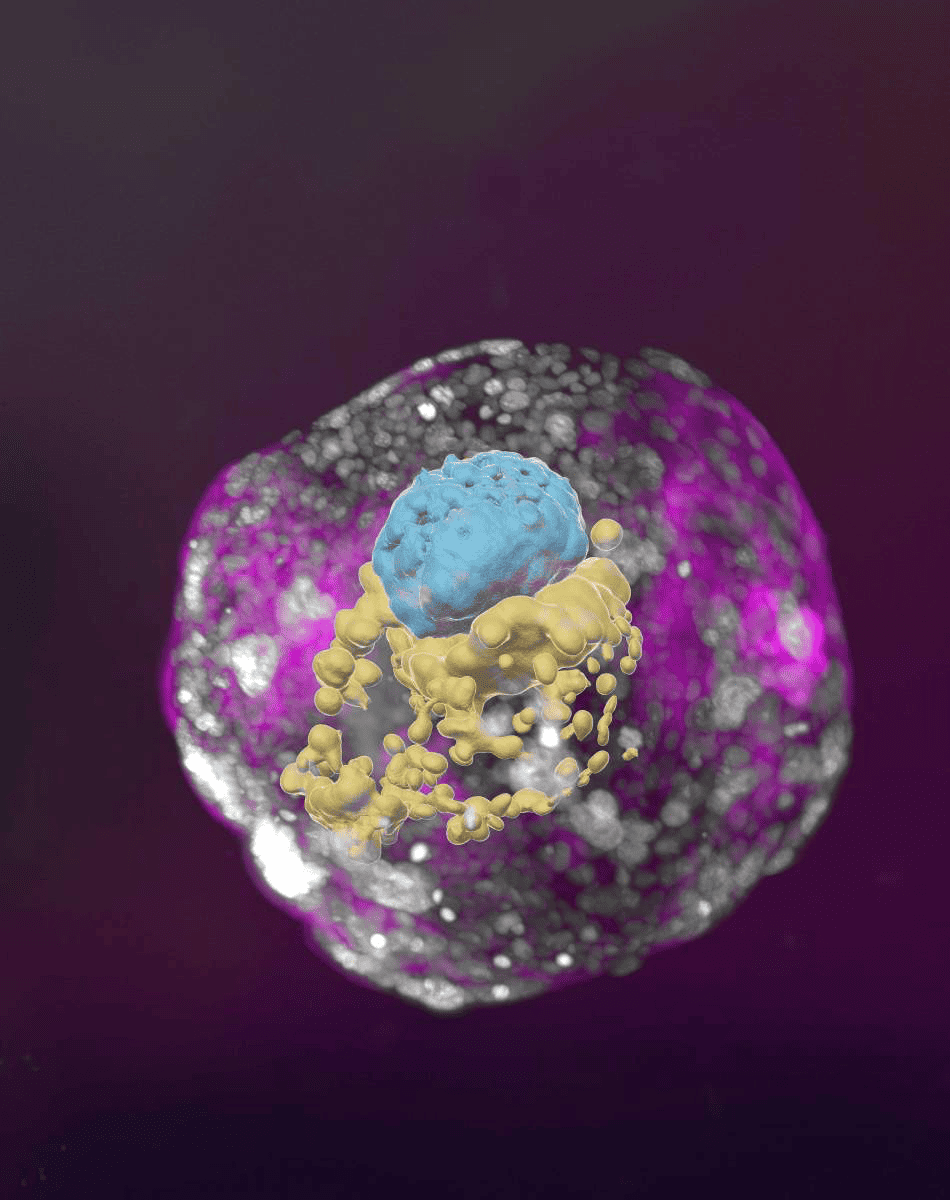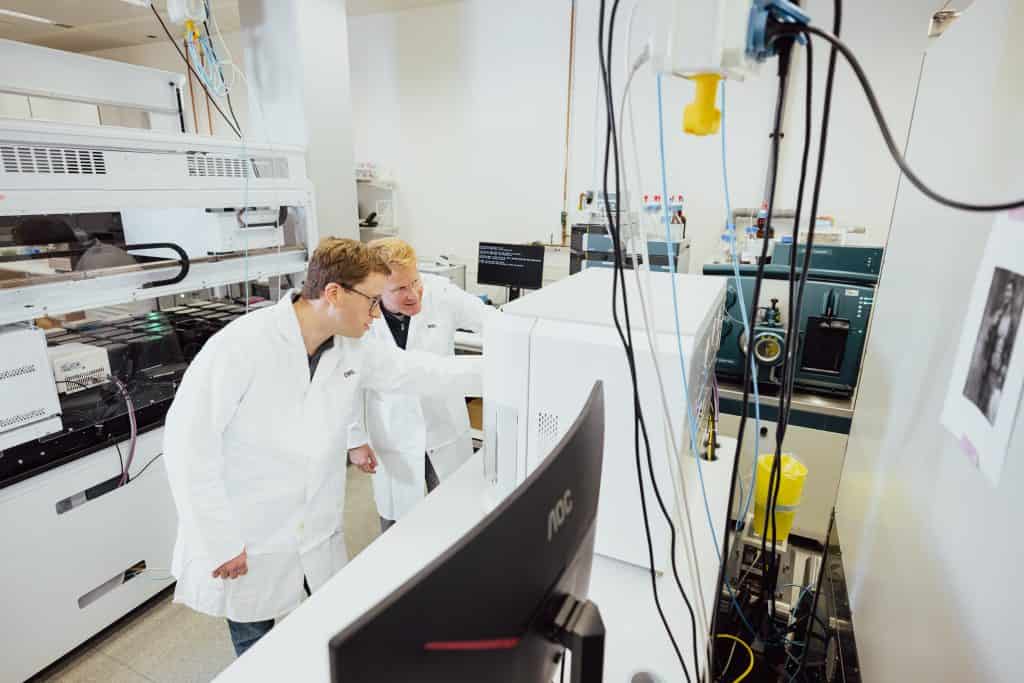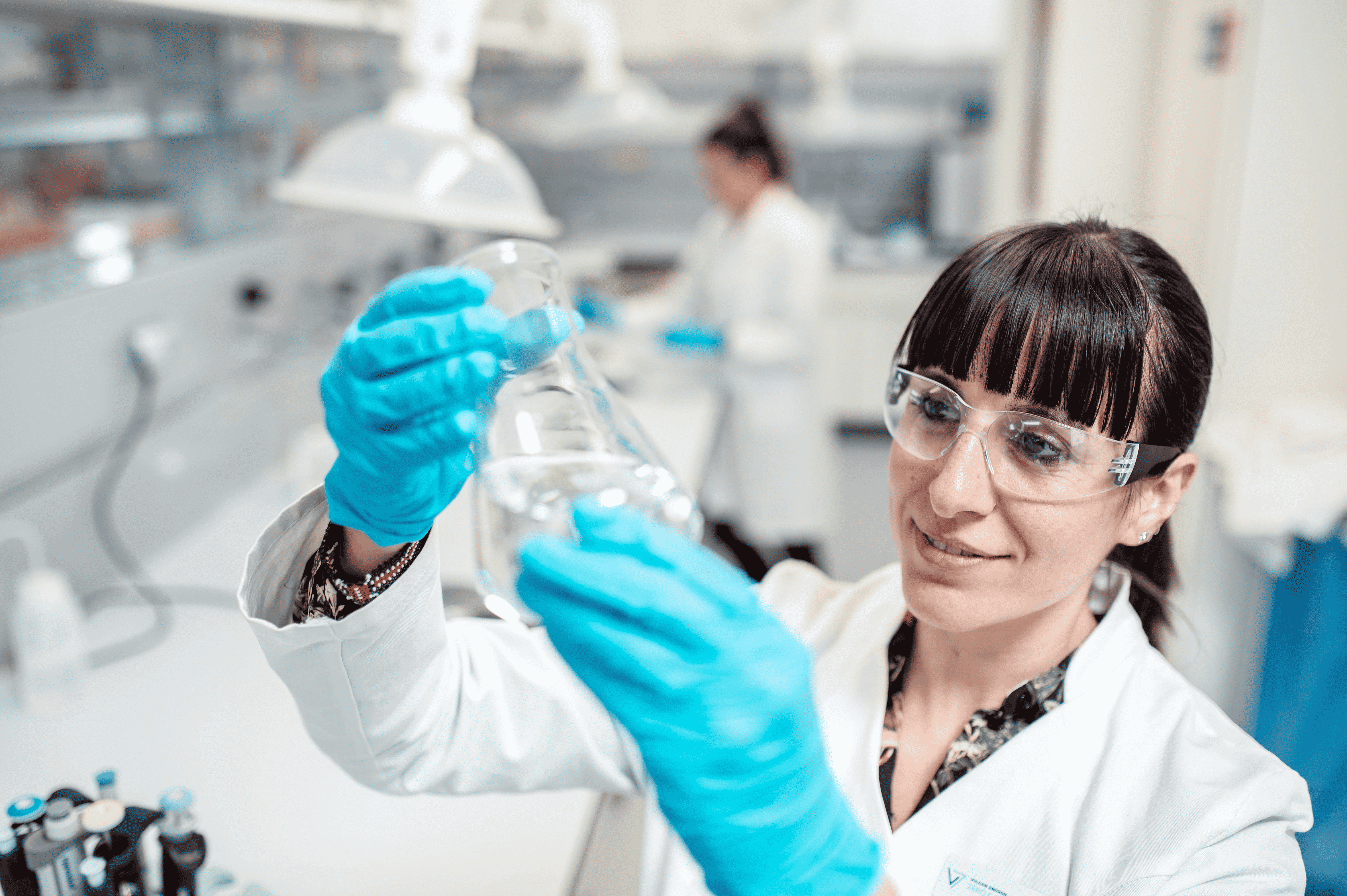
Researchers from EMBL, a European molecular biology research institute supported by 27 member states, have created an engineered uterus that allows a closer look at a mouse embryo’s development and its interactions with the uterine environment, says the institute in a press release.
- An artificial womb gives researchers insight into embryo development.
- This could be useful for, among other things, drug research.
We have come a long way in understanding embryonic development, but there are still many questions surrounding the critical early stages of this intricate process, particularly the interaction between the embryo and the mother’s uterus during the implantation phase. Understanding this process more deeply can provide fundamental insights into developmental biology, reproductive health, evolution, and much more. However, studying it is challenging, particularly due to the inaccessibility of the uterus for detailed investigations.
Jelly-like and transparent material
To tackle this obstacle, Vladyslav Bondarenko, ran a project when he was a PhD student in the research group of Takashi Hiiragi, former Group Leader at EMBL, and collaborated with researchers from other leading institutes. Taking an innovative approach, the teams utilised engineered systems to closely mimic natural conditions during development. they built the ‘3E-uterus’ – an ex vivo engineered uterine environment made of a jelly-like and transparent material, with a cylindrical 3D structure.
The extraembryonic ectoderm cells – specialised cells that provide structural support to the embryo and later contribute to the formation of the placenta – slowly fold inwards into the growing embryo. This process is a crucial part of this very early stage of development and helps the embryo reach its proper shape and internal structure.

“We were able to observe the mouse embryo’s implantation process, which resembles the physics of capillarity – the phenomenon is akin to how water droplets adhere to surfaces due to surface tension forces,” said Anna Erzberger, leader of the EMBL Heidelberg group responsible for theoretically describing the embryo’s behaviour in this controlled setting. She noted the similarity of this system to wetting-type problems in physics. “By merging the realms of biology and physics, we gain valuable insights into how the embryo changes during this process. This engineered environment simplifies the physics involved, making it mathematically tractable and enabling a deeper understanding.”
Medicine
With the 3E-uterus system, researchers can not only observe the otherwise inaccessible complex dance between the mouse embryo and the mother’s uterus, but also open up new possibilities for studying such interactions in the field of reproductive medicine.







